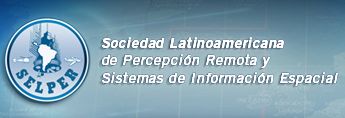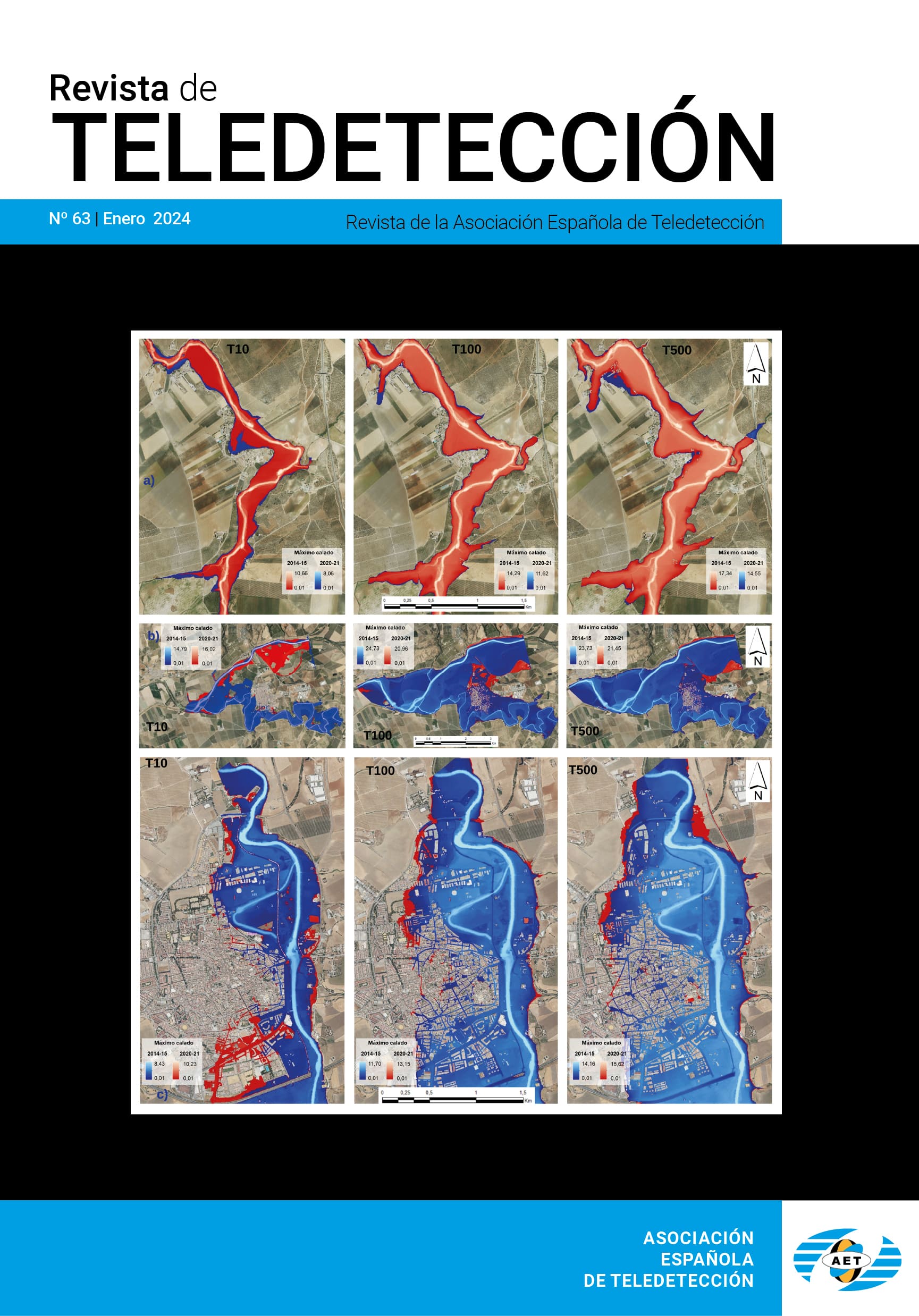Valoración paisajística y ecológica de la Comunidad de Madrid: su integración en un índice sintético de riesgo de incendios fore
J. Martínez Vega, R. Romero Calcerrada y P. Echavarría
RESUMEN
Se propone una metodología sencilla, pero fácil de comprender en la toma de decisiones por los gestores del territorio, para determinar el valor del paisaje mediante la integración de distintos indicadores bajo un enfoque exclusivamente ecológico. Algunos de estos indicadores están basados en las características intrínsecas de las formaciones vegetales como su grado de proximidad a la vegetación clímax. Otros analizan la importancia de las formaciones vegetales en sus contextos regional y nacional (rareza o singularidad y representatividad). De forma complementaria, se emplean otros indicadores propuestos por la Ecología del Paisaje, en especial índices de diversidad, conectividad y yuxtaposición o entremezclado, considerando la distribución espacial de las manchas por el territorio regional y por una franja adyacente al contorno regional de la Comunidad de Madrid. También se han considerado otros criterios para calcular el valor ecológico del territorio. Se ha tenido en cuenta la pertenencia de las teselas a espacios con alguna figura de protección: espacios naturales protegidos, zonas de especial protección para las aves, lugares y hábitats de importancia comunitaria, montes preservados y montes de utilidad pública. Estos dos valores –paisajístico y ecológico- forman parte del esquema metodológico propuesto en el proyecto FIREMAP para evaluar la vulnerabilidad. El objetivo final es desarrollar un conjunto de métodos para cartografiar un índice sintético del riesgo de incendios forestales. Este índice se apoya en teledetección y sistemas de información geográfica. Su novedad radica en la integración de los aspectos asociados a la determinación del peligro y a la vulnerabilidad de los recursos potencialmente afectados.
PALABRAS CLAVE: Valor paisajístico, valor ecológico,incendios forestales.
ABSTRACT
This study proposes a methodology simple, but easy to include/understand in the decision making by the land managers, to determine the landscape value by means of the integration of different indicators under an exclusively ecological approach. Some of these indicators are based on vegetal the intrinsic formation characteristics like their degree of proximity to the vegetation climax. Others analyze the vegetal importance of the formation in their regional and national contexts (peculiarity or singularity and representativeness). Also, other indicators proposed by the Landscape Ecology, in special indices of diversity, connectivity and Interspersion / Juxtaposition are used, considering the spatial distribution of the patch by the regional territory and an adjacent strip to the regional contour of the Community of Madrid. Also other criteria have been considered to calculate the ecological value of some landscapes. They have considered the property of pixels to spaces with some figure of protection: protected natural areas, special protection areas for the birds,sites of Community importance, preserved forest and public utility forest. These two values -landscaping and ecological- comprise of the methodological scheme proposed in project FIREMAP to evaluate the wildfire vulnerability. The final aim is to develop a set of methods to map a synthetic index of the forest fire risk. This index leans in Remote Sensing and GIS. Its newness is in the integration of the aspects associated to the determination of the wildfire danger and the wildfire vulnerability of the potentially affected forest resources.
KEY WORDS: Landscape Value, Ecological Value, Forest wildfires.
PULSE AQUI PARA DESCARGAR EL ARTÍCULO COMPLETO.








